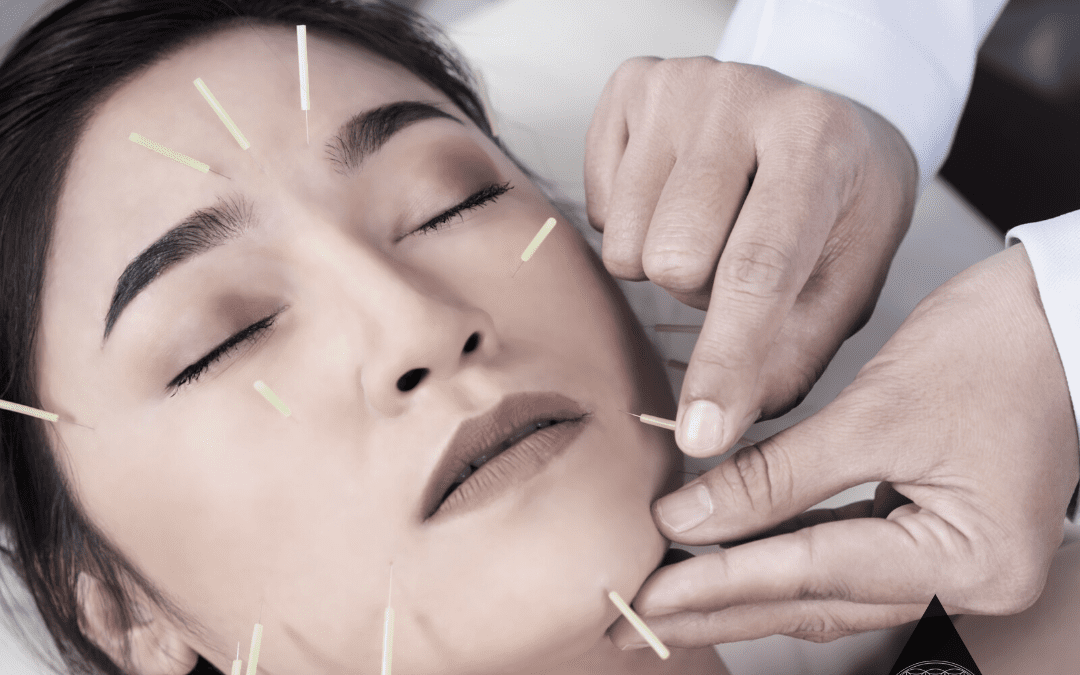How Can Traditional Chinese Medicine and Acupuncture Help my Acne?
Acupucture and Traditional Chinese Medicine treatments for acne, offer an approach from the inside out. This acupuncture approach focuses on inflammation and immune control to reduce redness, rashes and breakouts to allow the skin to heal. The state of our skin is often a representation of the state of our internal environment. The treatment approach to acne with acupuncture depends on the root cause, and the cause can vary from individual to individual. It’s important to note, in all cases a healthy diet that is free of inflammatory and acidic foods is essential. A predominantly vegetarian, whole foods approach ensures that there is adequate fiber, nutrients and alkalinity in the body for gorgeous skin.
Common causes of skin problems include:
- Hormonal Imbalances
- Stress
- Poor nutrition
- Minerals and vitamin deficiencies
- Inflammation in the gut
- Food and environmental sensitivities or allergies
The skin is a very important elimination system in the body that allows us to excrete toxins and minerals through our pores. A toxic body often results in redness, rashes and inflammation of the skin. We must also maintain good skin hygiene and circulation to allow for adequate blood flow and open pores and nourish our skin from the inside with proper hydration, essential fatty acids and antioxidants.
For years, traditional Chinese Medicine (TCM) practitioners have used acupuncture and individualized herbal formulas to treat acne. A contributing factor to the presence of acne are the excess amount of oils that the body secretes on the skin; acupuncture can help regulate your body’s hormone output, thus regulating the skins oils and make your skin clearer. Acupuncture is also believed to be effective in stimulating the bodies immune responses which can help fight off the bacteria that cause the acne cysts.
Acupuncture as a treatment to acne considers the physical, emotional, and environmental factors of the individual when treating skin problems. From a TCM perspective, acne is most often associated with heat and dampness effecting the organs and channels of the lungs, stomach, and spleen.
In Chinese medicine, each organ has specific functions and is connected to a channel that runs from the skin’s surface internally to connect with the organ. The organs involved with acne are because of both the function as well as the locations of their channels.
By taking the pulse, asking in-depth questions, and observing the tongue and skin, our acupuncturist will make an individualized diagnose according to TCM patterns. The treatment is tailored to fit to each person’s pattern diagnosis and skin condition. Depending on the condition, treatment may involve acupuncture, Chinese herbs, or both. Generally, mild acne can be treated with acupuncture, but more severe and complex cases often require Chinese herbs as well.
What is Acne?
Acne is a skin condition characterized by scaly red skin, white heads and black heads, pimples and possibly scarring. There is a common misconception that bacteria cause this skin condition, and although bacteria does play a role in the development of acne, in actuality it is the hair follicles of the face, chest, and back that cause this condition. Acne appears when a pore/hair follicle in skin clogs; this clog begins with dead skin cells. Typically, dead skin cells rise to surface of the pore, and the body sheds the cells. When the body starts to make lots of sebum, an oil that keeps our skin from drying out, the dead skin cells stick together inside the pore. Instead of rising to the surface, the cells become trapped inside the pore and acne is produced.
Acne most commonly occurs during adolescence while there are many hormonal changes happening, but can also be seen in adults. Acne can commonly be confused with other skin conditions, such as Rosacea (redness of the face), Pseudofolliculitis (razor bumps), or Folliculitis (inflamed follicles). From our point of view, acne must be treated at an individual level and looked at from the physical, emotional and social points of view; all contributing factors will be considered when formulating a treatment plan.

